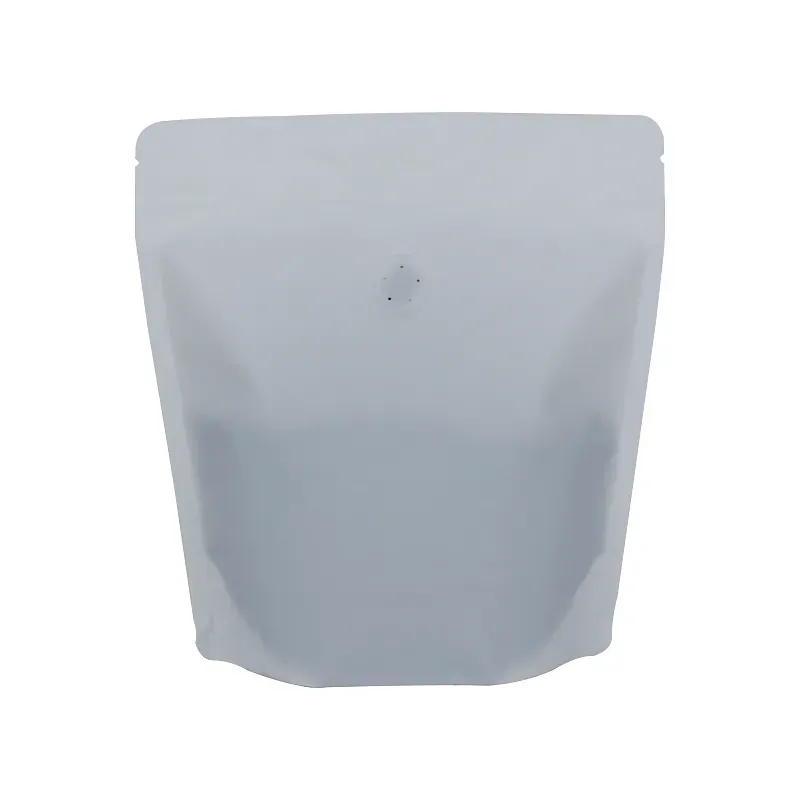- Afrikaans
- Albanian
- Amharic
- Arabic
- Armenian
- Azerbaijani
- Basque
- Belarusian
- Bengali
- Bosnian
- Bulgarian
- Catalan
- Cebuano
- chinese_simplified
- chinese_traditional
- Corsican
- Croatian
- Czech
- Danish
- Dutch
- English
- Esperanto
- Estonian
- Finnish
- French
- Frisian
- Galician
- Georgian
- German
- Greek
- Gujarati
- haitian_creole
- hausa
- hawaiian
- Hebrew
- Hindi
- Miao
- Hungarian
- Icelandic
- igbo
- Indonesian
- irish
- Italian
- Japanese
- Javanese
- Kannada
- kazakh
- Khmer
- Rwandese
- Korean
- Kurdish
- Kyrgyz
- Lao
- Latin
- Latvian
- Lithuanian
- Luxembourgish
- Macedonian
- Malgashi
- Malay
- Malayalam
- Maltese
- Maori
- Marathi
- Mongolian
- Myanmar
- Nepali
- Norwegian
- Norwegian
- Occitan
- Pashto
- Persian
- Polish
- Portuguese
- Punjabi
- Romanian
- Russian
- Samoan
- scottish-gaelic
- Serbian
- Sesotho
- Shona
- Sindhi
- Sinhala
- Slovak
- Slovenian
- Somali
- Spanish
- Sundanese
- Swahili
- Swedish
- Tagalog
- Tajik
- Tamil
- Tatar
- Telugu
- Thai
- Turkish
- Turkmen
- Ukrainian
- Urdu
- Uighur
- Uzbek
- Vietnamese
- Welsh
- Bantu
- Yiddish
- Yoruba
- Zulu
Innovative Designs for Eco-Friendly Cosmetic Product Packaging Solutions
The Evolution and Importance of Cosmetic Product Packaging
In the ever-evolving world of cosmetics, where trends come and go at an alarming pace, one element has remained a constant focal point packaging. Cosmetic product packaging is not merely a container; it is an essential component of marketing, branding, and customer experience. Packaging serves multiple functions, from protecting the product to conveying the brand's identity and ethos. This article will delve into the importance of cosmetic product packaging, exploring its evolution, significance in consumer choice, and the latest trends in the industry.
The Evolution of Cosmetic Packaging
Historically, cosmetic packaging has undergone a transformation that reflects changes in consumer preferences, technological advancements, and sustainability concerns. In ancient Egypt, cosmetics were stored in ornate jars made of glass or clay, often elaborately designed to signify status and wealth. As time progressed, the focus shifted from mere functionality to aesthetics, with brands beginning to recognize that innovative packaging could enhance their appeal.
In the 20th century, the introduction of plastics revolutionized packaging, offering a lightweight and durable option that was both cost-effective and versatile. This era also saw the rise of iconic packaging designs—think of the distinctive shape of a Coca-Cola bottle, which brands began to mimic in the cosmetics sector. The packaging became a crucial aspect of a product’s visual identity.
The Role of Packaging in Consumer Choices
Cosmetic product packaging is pivotal in influencing consumer behavior. According to various studies, consumers often make snap decisions within seconds based on the packaging alone. This means that first impressions are crucial; an attractive design can attract potential buyers and lead to increased sales.
Additionally, packaging communicates critical information about the product. It provides essential details like ingredients, usage instructions, and benefits. Brands invest significantly in creating packaging that not only captures attention but also conveys this information clearly and engagingly.
The concept of shelf appeal is paramount. In a market crowded with competitors, unique packaging that stands out can make the difference between a product being picked off the shelf or overlooked. Elements such as color, typography, material texture, and even the shape of the container work synergistically to create a compelling visual narrative that resonates with the target audience.
cosmetic product packaging

Sustainability in Cosmetic Packaging
With growing environmental concerns, the cosmetic industry is witnessing a paradigm shift towards sustainable packaging solutions. Consumers are increasingly aware of their ecological footprint and are making conscious choices that reflect their values. Brands are responding by adopting eco-friendly packaging options—using recyclable materials, reducing plastic usage, and incorporating biodegradable components.
Companies are also embracing minimalism in packaging design, reducing excess material and opting for simpler, more functional designs that appeal to the environmentally-conscious consumer. The trend of refillable packaging is gaining traction, allowing consumers to refill their products rather than discarding entire containers after use. This approach not only minimizes waste but also enhances brand loyalty, as customers appreciate the commitment to sustainability.
Trends Shaping the Future
As we look to the future, cosmetic packaging is set to evolve even further. Technological advancements are paving the way for smart packaging, which can provide interactive experiences for consumers. For instance, QR codes or augmented reality features on packaging can offer enhanced information or immersive brand storytelling.
Moreover, personalization is increasingly becoming a key trend. Brands are exploring customized packaging that allows consumers to feel a deeper connection with the product. This could range from personalized labels to interactive packaging designs that engage consumers on a deeper level.
Transparency is another significant trend in the cosmetics industry. Consumers are demanding more information about product sourcing and ingredient safety. Packaging that effectively conveys this transparency, such as using clear materials or informative labels, can enhance trust and brand loyalty.
Conclusion
In conclusion, cosmetic product packaging is an integral aspect of the beauty industry that goes far beyond mere containment. Its ability to influence consumer choices, convey brand identity, and adapt to sustainability demands illustrates its importance in today’s market. As the industry continues to innovate, we can expect cosmetic packaging to evolve, reflecting consumers' values and preferences, ultimately shaping the future of beauty products.













